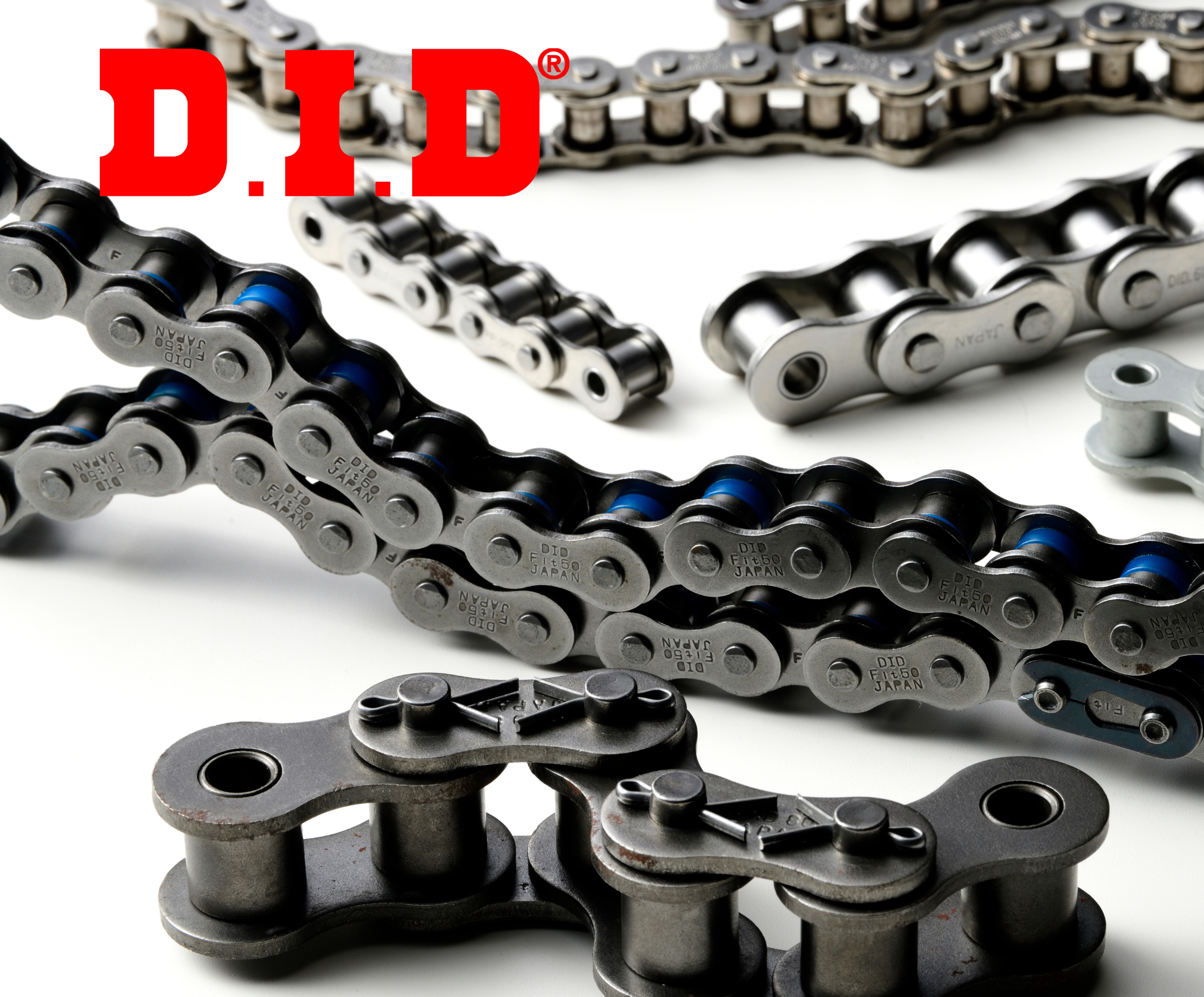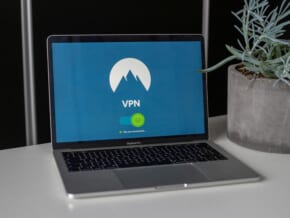Expats’ Guide to ETCs
For years, Filipinos have dealt with lines EVERYWHERE they went: mall counters, groceries, fast-food restaurants… you name it, there’s probably a line for it. This extends to controlled-access highways, known as expressways in the Philippines.
A modern convenience, however, is eliminating a portion of these long lines for those people who use expressways on a daily basis. It’s known by a couple of names (Easytrip, EasyDrive, eTap, RFID, E-Pass) yet the government refers to it as Electronic Toll Collection or ETC.
What is an ETC?
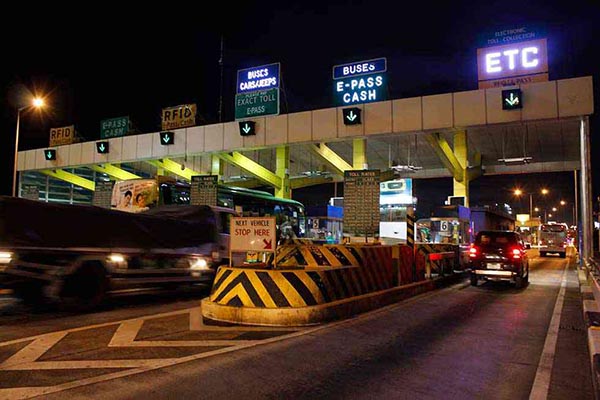
ETC LANES. Might as well call them express lanes, because using ETCs will make your trip that much faster. Image grabbed from autoindustriya.com
Electronic Toll Collection is a direct as its name suggests. It’s a way of collecting toll fees for expressways electronically. It allows the driver to use the expressway without taking out cash, eliminating the need to stop and hand over the toll fee to a person whenever you enter any of these expressways or the Metro Manila Skyway:
- North Luzon Expressway (NLEX)
- South Luzon Expressway (SLEX)
- Subic-Clark-Tarlac Expressway (SCTEX)
- Manila-Cavite Expressway (CAVITEX)
ETCs are composed of two parts: the sensor on top of the special gate and the Electronic Toll Collection On-Board Units. Only vehicles with these devices can go through specially marked ETC tollgates.
What are the different ETC On-Board Units?
There are currently three types of ETCs in the country: an ETC tag, tap-and-go cards, and radio-frequency identification (RFID).
ETC Tags
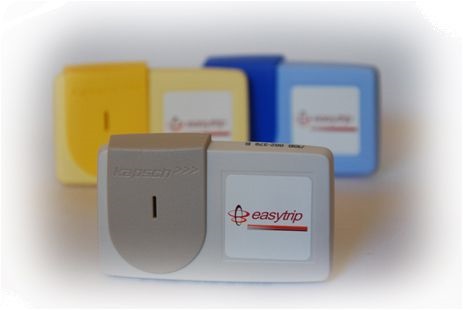
ETC tags are devices attached to the inner portion of your windshield that can be read by a sensor on an ETC lane. These tags allow you to go through the ETC lane, making your trip smoother… that is, if you remember to top up your account.
Today, there’s only one tag-type ETC in use: the Easytrip electronic tag, which can be used at NLEX and SCTEX. To know more about Easytrip, please visit their website, easytrip.ph.
RFIDs
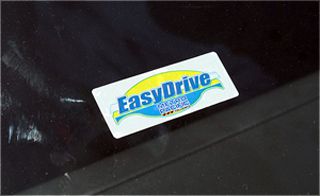
RFID tags work the same way as the big and bulky ETC tags. The difference: they’re more efficient and much smaller in size. Instead of taking up the same area as your LTO sticker, it occupies the same size as a ¼ strip of your credit card. Note: the chip is actually smaller, but you need at least that much space to mount it so it doesn’t fall off.
Two RFID systems are currently in place: CAVITEX’s EasyDrive, powered by Easytrip, and SLEX’s Autosweep RFID. Click here to know more about EasyDrive and here for Autosweep RFID.
Tap-and-go cards
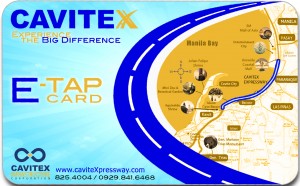
These are similar to beep™ cards, except they only work for ETCs. To date, only CAVITEX uses this system, which they call e-Tap. beep™ cards, however, should make its debut at NLEX and SCTEX this year.
Click here to know more about the CAVITEX e-Tap card.
Source: Department of Transportation – Toll Regulatory Board




